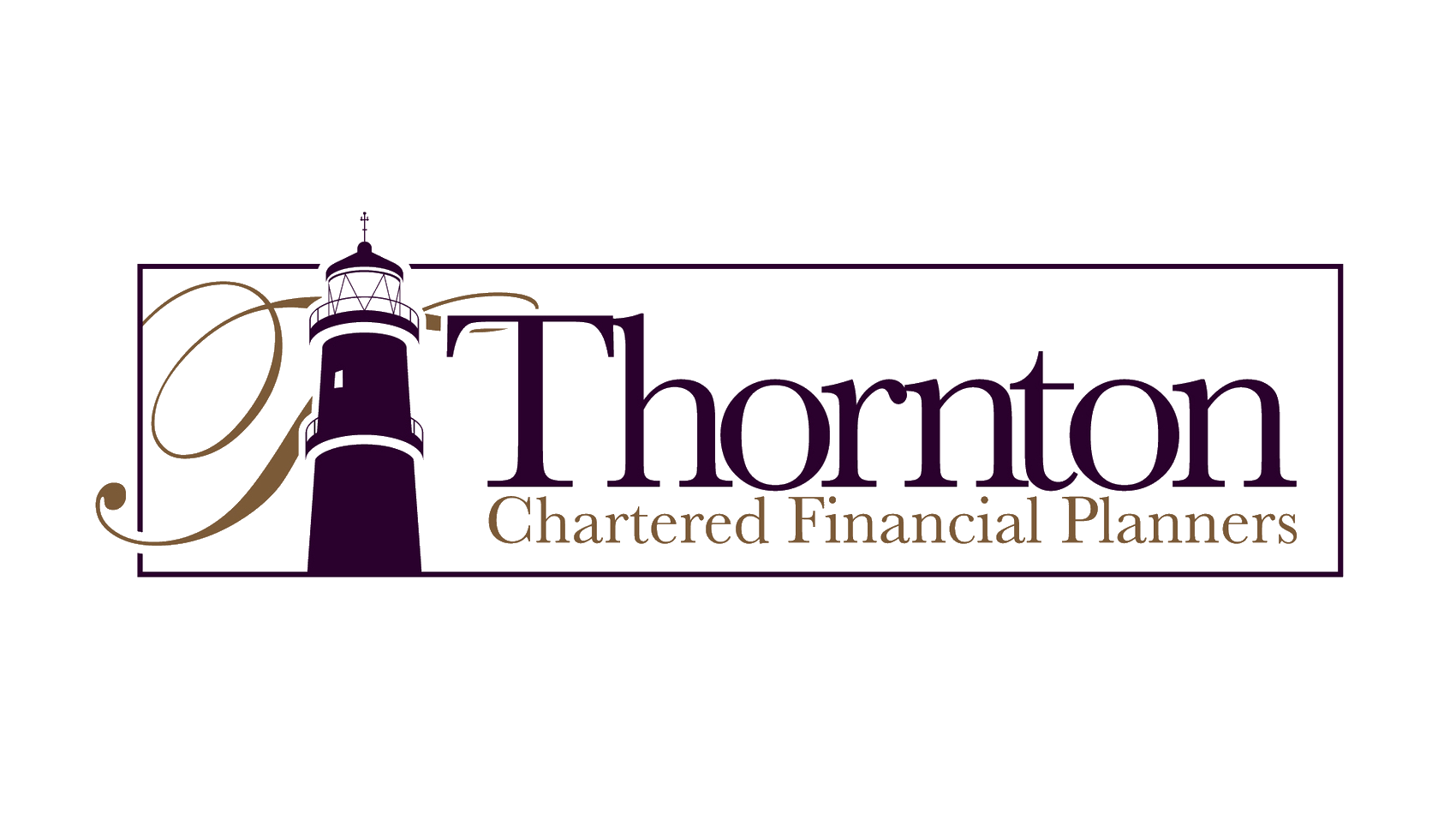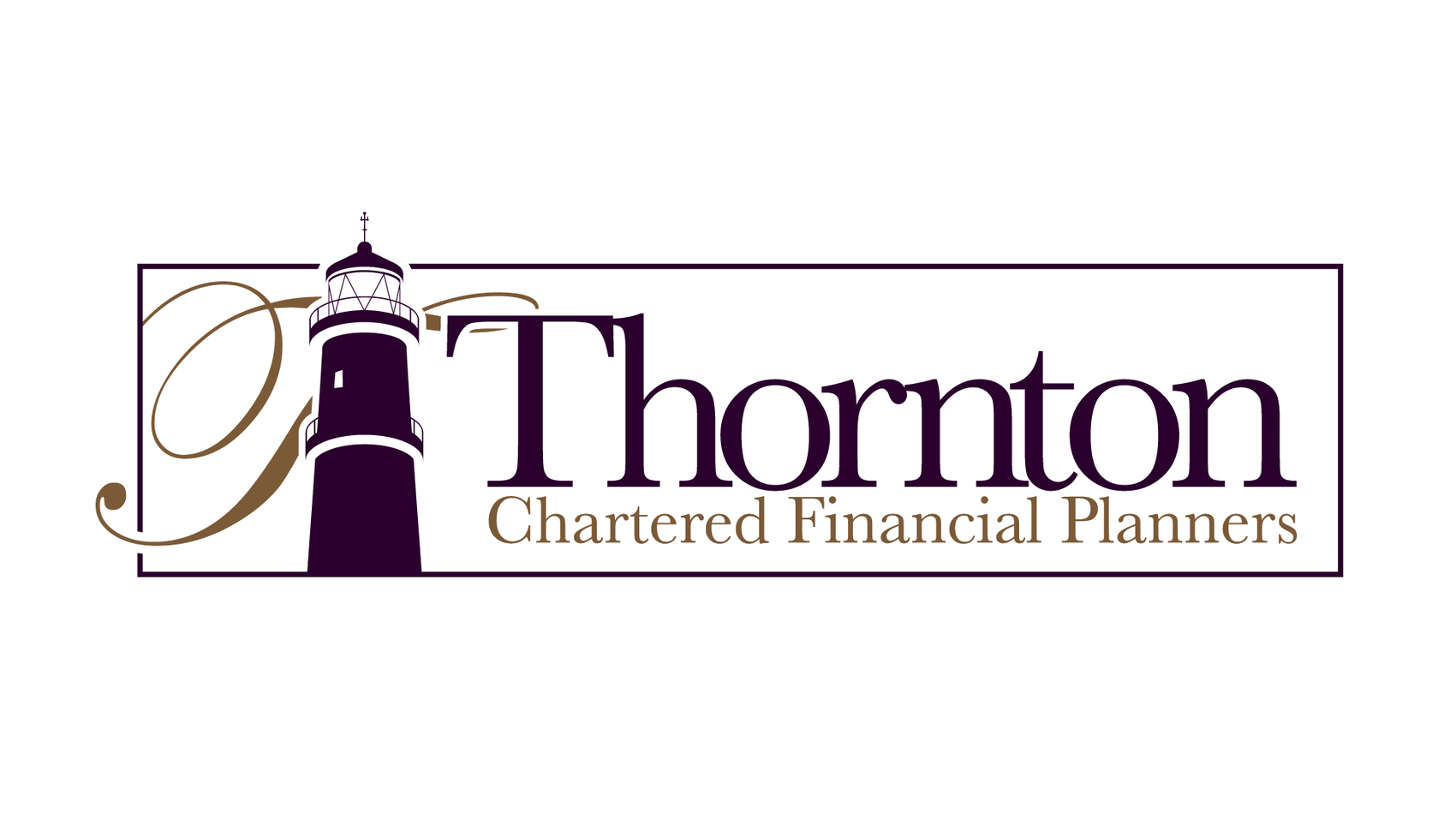The process of investing is dull. Choosing investment funds, making regular contributions to them, and watching how they perform. It’s all numbers-based, with a few charts thrown in for good measure.
Investment charts shouldn’t really put a spring in your step. However, the outcome of investing is where the magic happens.
The outcome of investing has real-world consequences. Investing wisely over many years results in wealth you can spend to maintain your lifestyle and create meaningful experiences and opportunities with your family and loved ones.
Meaningful experiences such as a trip to Barcelona with your family. Or a new car for adventures with your kids or grandkids.
They might be a pottery course you’ve always wanted to take. Or a gift to a local charity that needs financial support.
The outcomes of investing impact areas that are dear to our hearts. Family, friends, experiences, and causes we care about.
So, while the numbers and charts are important, it’s worth remembering what outcome we are working towards. There’s little point in creating money and then not putting it to use.
A Balanced Approach
Understanding this can impact the way we approach our financial decisions. Instead of seeing every goal as a maths problem, we can open up the decision-making process to the elements that lie in the heart, not just on the chart.
This approach has a few benefits.
Firstly, it forces us to slow down and take stock, which helps us make better decisions.
Secondly, it gets us to ask better questions. This opens our eyes and widens our horizons, which leads us to consider options we may have missed if we only focused on the charts.
Doing this shows us that everything is a trade-off and almost nothing is black and white. Most situations have more than one reasonable response.
The following challenges have typically been approached from the ‘charts’ angle, but all have significant ‘hearts’ implications, which we know play a crucial role in financial decisions.
– What funds should I invest in?
– When can I stop work?
– Should I set up my own business?
– Can I give my daughter a deposit for her first house?
– I’d love to take my family to South America.
– When do we downsize our house?
– How much should I be investing each month?
While anyone can do this for themselves, we have found that couples, especially, gain enormous value from having an independent third party guiding them through the exercise of considering both the technical (charts) and emotional (hearts) aspects of making important financial decisions.
Our Challenge To You
Money is emotional. Making it, saving it, and spending it, especially when the markets are volatile as they have been the last two years.
The next time you need to make a financial decision, force yourself to discover the elements relevant to the challenge that may not be visible on a chart but instead come from the heart.
This approach will likely lead to fewer long-term regrets and a more fulfilling life.
Money is not a maths equation, and not everything needs to be optimised. It’s hearts over charts, in our view.
Money is important, but the real-life outcomes that result from money are what should excite us.



